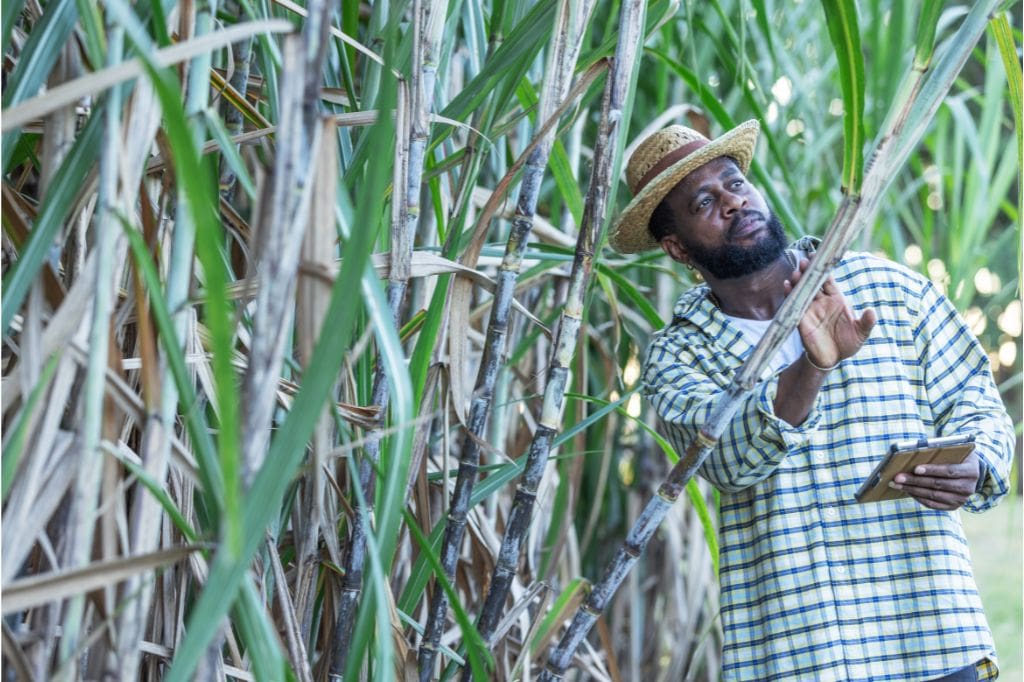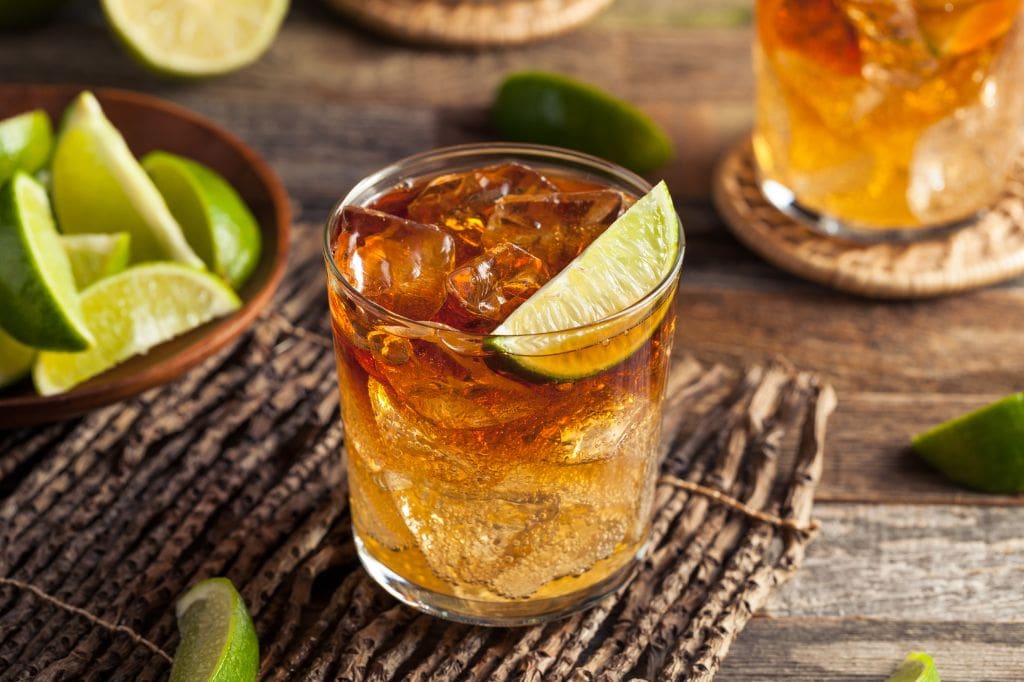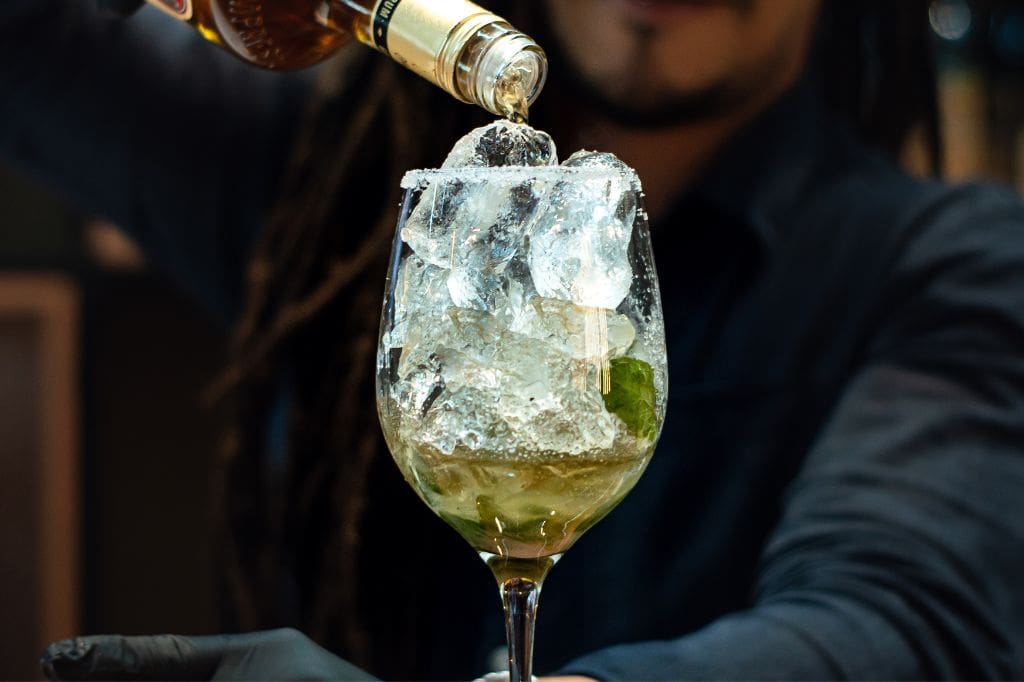How is Rum Made: The Basics of Rum Production
I can’t go into the details of how rum is made without at first telling you how my love affair with rum began. But if you are short on time and desperate for an answer, then the key takeaways are listed below
Key takeaways:
- Rum production starts with sugarcane, either fresh juice (agricole), boiled syrup (Spanish styles), or refined molasses (most Caribbean).
- Ferment the sugar: add yeast + water + nutrients to make a low-alcohol wash.
- Yeast ferments the sugars into a low-alcohol wash, then distillation, usually in copper pot stills (richer, more character) or column stills (cleaner, lighter), concentrating and shaping the spirit
- (Often) age & blend: barrels add colour/spice; blending and proofing set the final style.
- From cane to glass: rum is method, memory and good company. It’s as simple as that.
If you are sitting comfortably and keen to learn about The Original Rum Bum Legacy and an introduction to rum production in more detail, then read on below!

The Basics of Rum Production: My Journey
My journey began about 30 years ago, whilst I was discovering and exploring the West Indies in the Caribbean. I had secured a job there which entailed working long, unsociable hours. After work, I could often be found in one of the nearby bars or rum shacks, sipping on a cold Caribbean beer alongside a shot or two of the cheapest white rum I could afford.
If challenged by the locals, this could also have been an overproof rum, but that’s another story! In those days, it was the perfect way and a great tonic to round off a long, hard day at work – I was certainly burning the candle at both ends.
To this day, I continue to enjoy rum with all its complexities and existing profiles. My palate has become more refined, and I am fortunate to be in a privileged position to try more interesting and premium rums and to embrace the world of rum cocktails.
As this journey has developed, I have taken the time to understand the basics of rum production. These forthcoming blogs will give you a brief overview into the foundation of rum and an understanding of its production, fermentation, distillation and ageing processes without overwhelming you with too much fact.
This will also lead us into exploring different types and styles of rum by building one’s knowledge through sharing stories.
“Rum is the reason why I wake up in the morning,
and sometimes why I don’t”

How Is Rum Made & What Is Rum Made From
Rum is a popular spirit produced by using raw sugarcane, the cane is a naturally occurring organic material that contains sugar.
The Harvesting
When harvesting the cane, it is commonplace to cut the mature cane stalks towards the base near the ground to maximise the sugar yield and to protect the roots for regrowth. Once the cane is harvested, the juice is extracted by crushing them in a mill, giving us freshly pressed sugarcane juice.
The By-Product
The sugarcane juice is primarily used when producing French agricole rhum and Cachaça. This freshly pressed sugarcane juice can also be boiled down to remove excess water, resulting in a sugarcane syrup often referred to as sugarcane honey. This is commonly used in the Spanish heritage style rums.
The third by-product and the most widely used in the making of rum in the Caribbean and around the world is molasses. This is produced by boiling the sugarcane juice to extract water and concentrate the sugar, at which time the sugar crystals form, which are removed and the remaining dark, bitter-sweet liquid is molasses.
The Fermentation Process
Once the sugarcane is processed into its desired form, the fermentation process begins with the addition of yeast, water and nutrients. The yeast is a single-celled microorganism that consumes sugar and releases heat, carbon dioxide and alcohol. This process creates what is referred to as a wash, which gives us the base for distilling. A high-quality wash is imperative in the distilling of a superior spirit. It is important to do one’s homework when searching for your choice of yeast.
The Distillation Process
At the wash stage, the alcohol level is low. This is when the distilling process kicks off, which involves heating the wash to separate the ethanol from the water and other compounds, resulting in a higher concentration of alcohol. This process can be repeated multiple times to achieve the desired strength and flavour profile.

The Stills
The distillation methods vary mostly between using traditional pot stills and modern column stills. However, stills such as retort, hybrid and vacuum are worth looking into. Pot stills are widely used by many distillers. They are large, bulbous in shape and made of copper. They use a batch process, which achieves a higher flavour complexity and a lower alcohol content. Whilst the column still uses a continuous process for greater efficiency and higher alcohol purity, a lighter-bodied spirit is generally produced.
I have only briefly touched on this important stage, which is essential for producing a
good rum. Take your time to learn about the practicalities and different stills that can
be used for that special end result.
Final Thoughts On How Rum Is Made
From cane to glass, rum is craft, culture and good company. The joy isn’t just in the method, juice, syrup or molasses; ferment and stills, it’s in what the spirit invites us to share.
That’s the idea behind Rum Bum No. 1 Blend Signature Rum, our small-batch signature rum: a limited release of 250 premium bottles that tips its hat to tradition while tasting unmistakably of now. If you’re curious where all this care can lead, pour a measure of No. 1 and taste the journey for yourself before it’s gone.
If you wan’t to read more from The Original Rum Bum, then have a read at my last post on Rum is the Answer, Who Cares What the Question Is?
“Let’s Drink Rum”